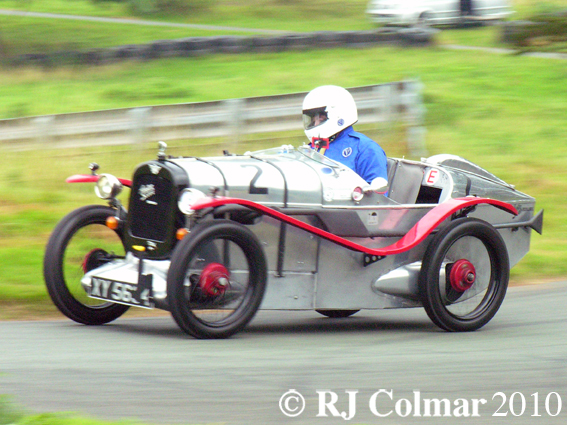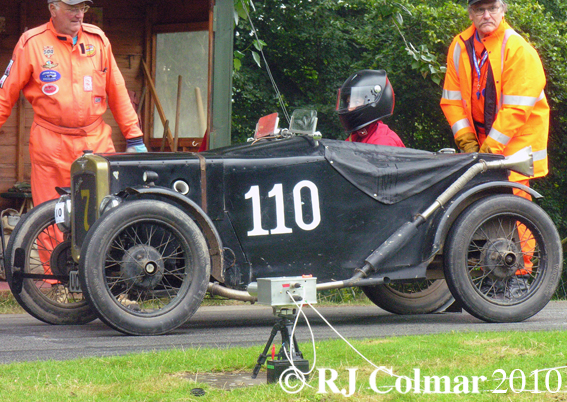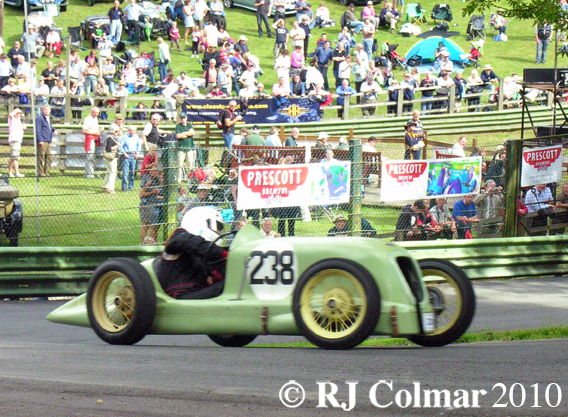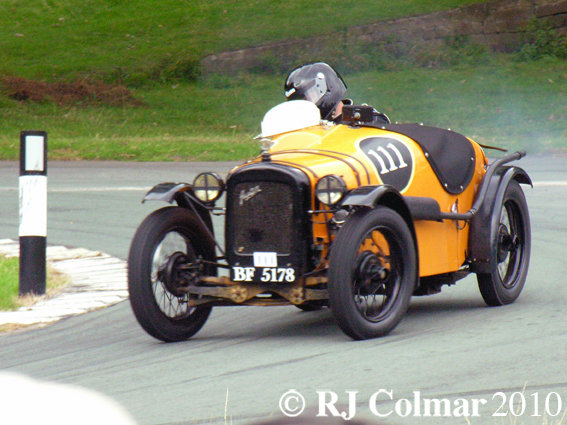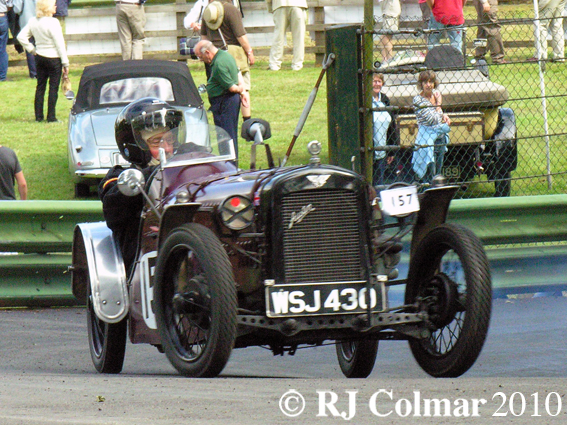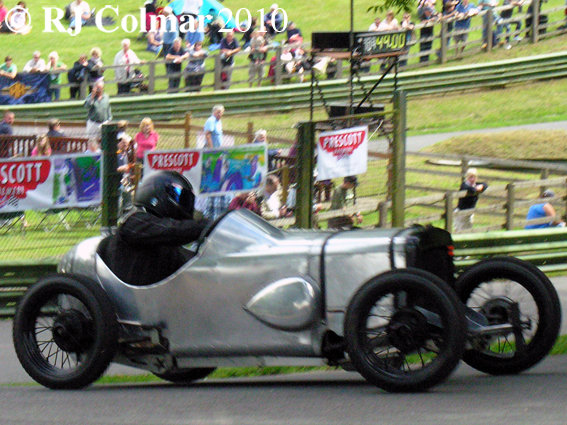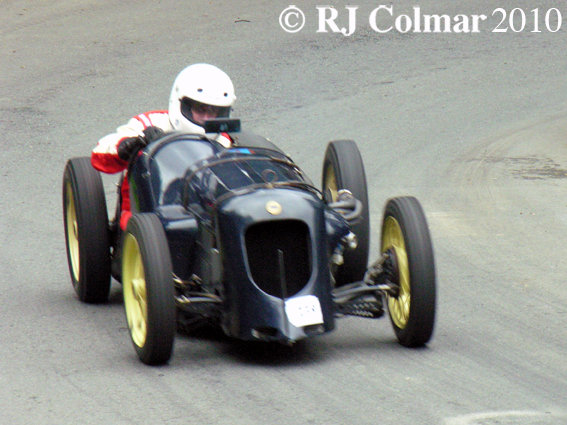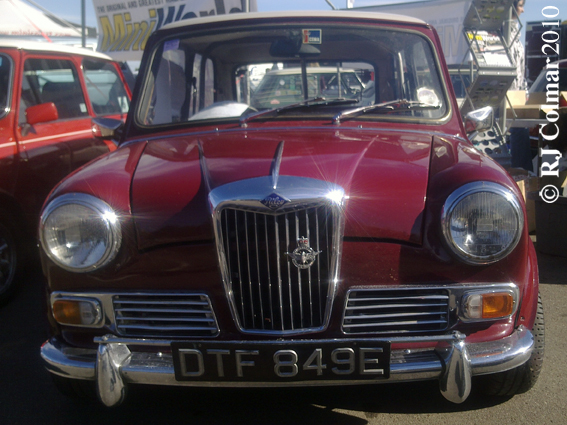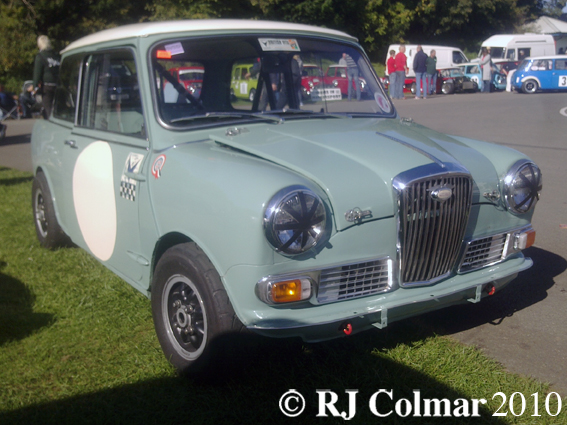The father of BMW, Jaguar, Bristol and Lotus cars – Austin 7 Part 1/2.
Above, Chris Smith, 1925 Austin Brooklands Replica, Loton Park.
Today I’d like to introduce a very special little vehicle, the Austin 7 in my humble opinion the influence of this vehicle is so far reaching that I am going to make this my very first two part blog, I hope you’ll bear with me and consider the time and space I have dedicated to this model well spent. I’ll start today by introducing the model and tomorrow I’ll consider it’s bewilderingly far reaching legacy on European automotive history
Above, Ms Hannah Enticknap, 1928, Austin 7 Ulster Special, Loton Park.
The truth is so much stranger than fiction. Consider the humble little Austin 7 with a 6’ft 3″ wheel base and track of 3’6″ powered by a 10hp 747 cc / 45 cui sidevalve engine that complete weighed less than half that of a Model T Ford when it hit the streets in 1922 with rear brakes operated by foot and front brakes operated by hand !
Above, Frank Hernandez, 1928 Austin 7 Brooklands Streamline, Loton Park.
Sir Herbert Austin acting against the wishes of his own board threatened to take the ‘7’ concept to rivals Wolseley before putting his own money into the development of the ‘7’ which was completed with draughts man Stanley Edge at Sir Herberts home Lickey Grange.
Above Matt Johnson, 1928, Austin 7 Ulster Supercharged Special, Loton Park, 2010.
Investment repayments and royalties on Sir Austin’s patents arising from the Austin 7’s innovations amounted to £ 2.10 on every vehicle sold on what emerged to be Britain’s first mass production car.
Above Doug Bukin, 1929 – 1932, Austin 7 Ulster Special, Prescott, 2010.
Over the 14 years the Austin 7 was in production 40 different body styles were introduced including 2 and 4 seaters using aluminium, fabric and steel in tourer, saloon, cabriolet. sports, vans and a Coupe style.
Above Tom Hardman, 1929, Austin 7 Ulster B & Q Special, Loton Park, 2010.
In 1923 2500 Austin 7’s were built, small fry in terms of the numbers of Model T’s built and when production ceased in 1939 the 290,000 units built was hardly hot potatoes in terms of numbers against Detroit’s finest yet the Austin 7 deserves it’s place in British motoring history for being Britain’s first mass production car.
Above Gary Bishop, 1929, Austin 7, Blaue Maus Special, Prescott, 2010.
Thanks for popping by, look forward to sharing Part 2 on the Austin 7’s legacy and it’s tomorrow, don’t forget to come back now !

